Garden thoughts. Bird Flu and Cows
It’s been a minute since I’ve posted anything. Things have been hectic. I’ll tell y’all workman's comp is some bullshi....poop.
Chuck
2/11/20255 min read
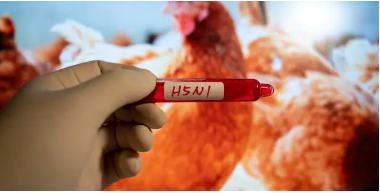

We’re working on the garden. This past week in South Carolina was beautiful. It made us want to get things in the ground! It was 81 Sunday! But we know how things are. This week it’s typical SC winter cool and drizzle and by the weekend lows will be back in the 30s
We have a layer of cardboard on the sand. Yeah, we have sand not dirt! Then a layer of leaves. About 4-5 inches thick. Over that we’re going to put rows of brown parcel paper, and on those raised beds of bought topsoil and compost. In between the rows we'll put down more paper and wood chips. The long-term idea is to have that decompose of the next couple of years and eventually have proper soil. Without spending a fortune.
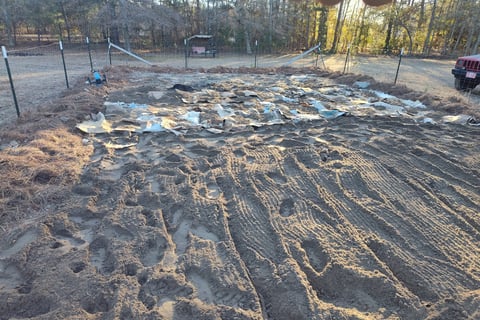

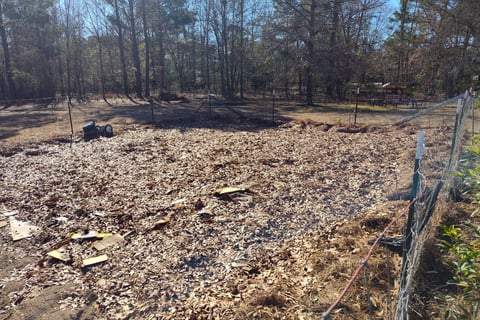

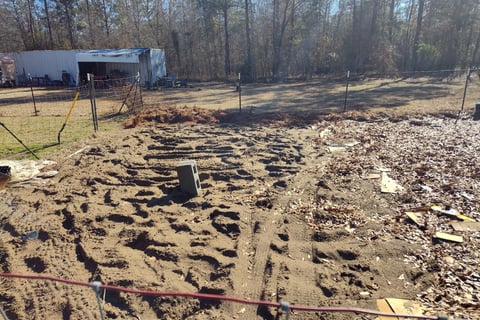

The lower part I'm going to amend the soil as best we can.This is not going to have raised beds in it. We're planting root vegetables here. We're going to add peat moss top[ soil and compost to this area and mulch the hell out of it.
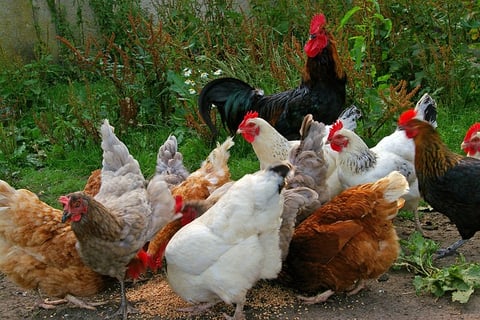

Bird flu is in the news. And the newest spin of it is that it can now infect cattle. So, we can look for a price increase on beef products. We currently do not have chickens; I’m trying to change Christine’s mind on that! But when we did have them there was a round of bird flu back then. We worried about them catching the flu, but we never had an incident.
What we did was we kept them in their coop more than they liked. But the biggest thing was we kept their yard covered. Partially to protect them from hawks, but mainly to keep other birds away from them. We used chicken wire to cover the top of the run, then we used shade cloth over that to help protect them from the NM sun and for less chance of anything making it in. I’ll try to find pictures of that, but it was 15 years ago.
Other means of protecting your birds are,
Maintain good hygiene. This is #1 on my list. If you keep things clean you’ve won most of the battle.
Clean and disinfect all equipment, cages, and surfaces regularly.
Wash your hands thoroughly before and after handling your chickens.
Avoid contact with wild birds:
Keep feed and water sources away from wild birds.
Remove any dead birds found on your property promptly.
This is why we covered the chicken run. One thing recommended is that birds be always kept in the coop. We hated that idea. They need sunlight and fresh air
Monitor your chickens for symptoms:
Look for signs of illness, such as lethargy, loss of appetite, respiratory problems, or sudden death. Report any suspected cases to your veterinarian immediately.
If you find a dead bird, mask and glove up. Bag it in a well sealed bag and contact our local veterinarian.
Disposing of dead birds. We used to dig a small pit, put the bird and soak well with diesel and burn the carcus that way. Today that is not recommended. Today it is: Do not bury or burn dead chickens. Instead, dispose of them in a sealed bag according to local regulations. We’ll just say do what needs to be done.
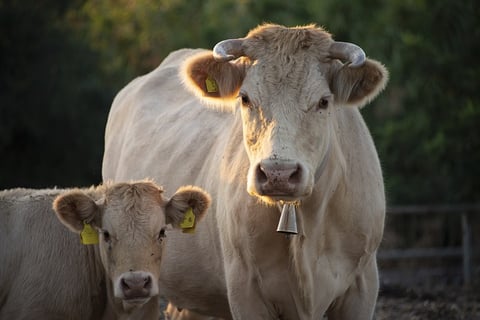

Bird flu in dairy cattle. This is not that new. It’s been around since March 25th. 2024. But it is spreading. The interesting thing about H5N1 Bird flu, and this is directly from the USDA .
Mammals can be infected with H5N1 bird flu viruses when they eat infected birds, poultry, or other animals and/or if they are exposed to environments contaminated with virus. Spread of H5N1 bird flu viruses from mammal to mammal is thought to be rare, but possible. Source: Current Situation: Bird Flu in Dairy Cows
How do our dairy and beef cattle get the bird flu when mammal to mammal transfer is very rare? Can you say animal by products in the feed? But this is from the NIH. The resulting feed by-products include meat and bone meal, meat meal, poultry meal, hydrolyzed feather meal, blood meal, and animal fats (Meeker, 2006). Compared to oilseed meals, animal by-products supply more essential amino acids (AAs), especially lysine (Lys; Ravindran and Blair, 1993). 15Feed By-Products
Protecting home dairy and beef cattle is a little easier than protecting birds. The best method is to watch what you feed. Hay and grass are the best. You can be assured that there are no animal byproducts in the hay other than some bugs that got bailed up. Keep wild birds away from water sources. And watch for dead birds near your cattle. Keep a close eye on them.
This is the, as of 10 February 2025 list of from the USDA on HPAI Confirmed Cases in Livestock
There is a lot going on in the world. Personally, Christine and I think that we need to get off the TV and news. It’s depressing and does no good for anyone's mental health And get out and work on getting your homestead in order. And take time to walk in the woods, by the shores of a lake or the ocean. Take a break from the noise of the world.
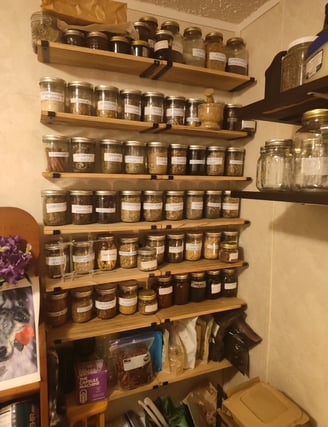

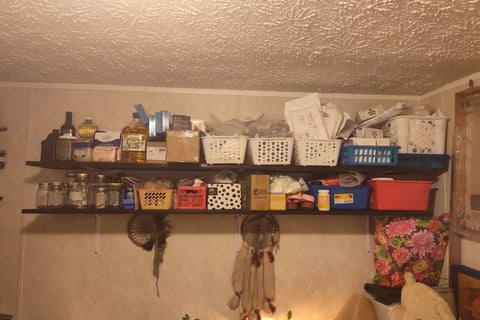

And finally this weekend Christine and I redid the herb shelves. I got new ones online that worked out well. The soap making shelf and the medical shelf are repurposed bed rails form a local 2nd hand store. It's nice to have better shelving than that old plastic shelf set.. And room to work in the office. A few more things and we'll be able with minimal work be able to have someone use it as a bedroom for visits!
Homesteading in The South
Southern Skills for The Modern Homesteader
Skills
SSFTMH1@gmail.com
© 2024. All rights reserved.
